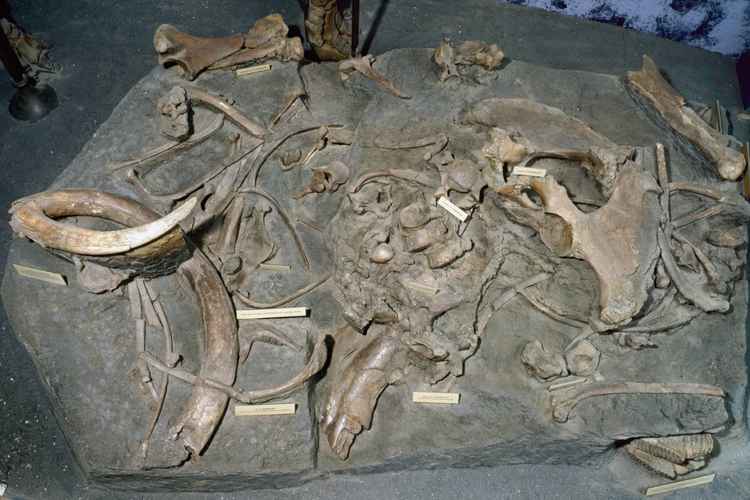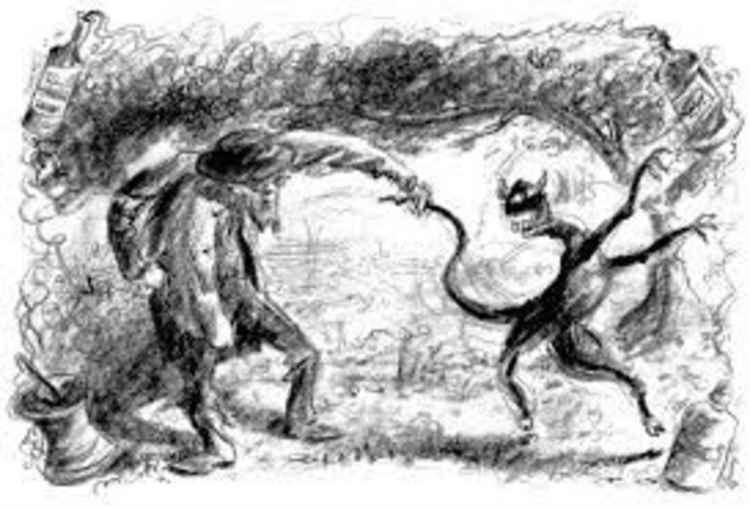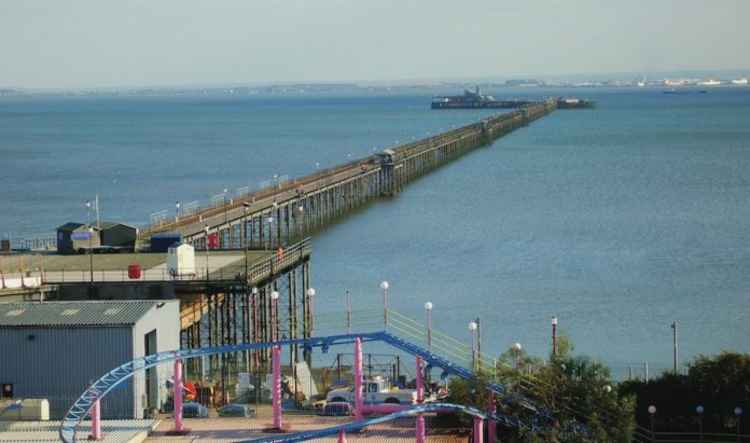A mammoth tale: Bats, slave traders, tar pots and malevolent spirits mark the road down memory lane to Southend
By Neil Speight
13th Dec 2020 | Opinion




Local historian and chair of Thurrock History Society Susa Yates continues her recollections during the Covid guideline weeks recalling childhood trips to Southend.
________________________ WHENEVER my father bought another car we always went for a drive, mostly to Southend-on-Sea. He would have my brother and I crawling around in the back seat listening for rattles or vibrations. Another occasion when we would visit Southend was on Boxing Day. Dad would drive us to Southend and we would walk along the seafront. A few years back I decided one Boxing Day to replicate this journey, a sort of pilgrimage to my childhood. I decided to follow the old route starting at Sandy Lane and passing the site of the Aveley Mammoth we would access the old A13 close to the site of Marshfoot House the childhood home of Rev John Newton, former slave trader and composer of 'Amazing Grace'. In my childhood there was no new A13 only what we now call the A1306. This would take us past Chalk Pit Farm on the outskirts of Grays. No Chafford Hundred then. Chalk Pit Farm was farmed by the Offord family. It takes its name from the chalk quarrying and lime burning carried out in the area. Until Chafford Hundred was built there was at least one lime kiln still there west of Hogg Lane near the large pit from which the farm took its name. We would then proceed down what is now Lodge Lane passing Hangman's Wood and the Deneholes. A scheduled ancient monument and site of special scientific interest. Hangman's Wood contains a number of deneholes, which were investigated by the Essex Field Club at the end of the 19th century. The deneholes are the most important underground hibernation site for bats in Essex, with three species; Brown long-eared bat, Natterer's bat and Daubenton's bat. The oak woodland is ancient, and it provides a feeding habitat for the bats. The deneholes were also known as Cunobeline's gold mines, and are described by Historic England as medieval or post-medieval and were allegedly chalk or flint mines. From here the London Road/Southend Road took us to the Orsett Cock, no road works in those days. The name comes from the Orsett Cock Farm originally on this site. Moving on there were no Sadlers Farm roundabouts and the road took you to The Tarpots where you could turn off for Canvey Island. The Tarpots public house takes its name from Tarpottes or Tarpody Farm on which land it was built. The farm was named from the distillation of wood in the area for use as tar or pitch on boats for waterproofing. One of my favourite sights was Hadleigh Parish Church sat in the middle of that chaotic transport link known as the A13 and dedicated to St James the Less. I always wanted to know who was St James the More? I used to work in Southend and always loved the sight of that little church with its round chancel standing proud amidst the mess and mayhem of the 20th century. It was built circa 1140 of mixed rubble and limestone dressings with alterations in the 18th, 19th and 20th centuries and has a red tiled roof and 16th century weather boarded belfry. It consists of a nave and a chancel with apse and its walls are about three feet thick. It is in the graveyard here that Cunning Murrell is buried. Born James Murrell in 1785 in Rochford he was known as 'Cunning' as he was a professional folk magician who spent most of his life in Hadleigh. He allegedly healed both humans and animals using magical means. He also exorcised malevolent spirits. Married in 1812 he fathered 17 children. He and his wife lie in an unmarked grave. We reach Southend on Sea. It is called Southend as it was the south end of the settlement of Prittlewell the first one in the area and dating from 6th or 7th century. It is now famous as the burial site of the Prince of Prittlewell. In the beginning it was just a small village, home to a few poor fishermen and farms, situated at the southern extremity of Prittlewell Priory land. In the early 1790s a Daniel Scratton sold the land either side of what is now the High Street. By 1794 The Grand Hotel (now the Royal Hotel) and Grove Terrace (now Royal Terrace) had been completed. Southend really came in to its own as a holiday resort with the coming of the railways and a royal visit from Princess Caroline of Brunswick. When I think of Southend I think of Southend Pier and the Kursaal. The seaside resort became famous for its pier. The world's longest pleasure pier which was built in 1830 and stretches some 1.33 miles from shore to end and replaces the original wooden jetty. The new timber pier was replaced in August 1889 by an iron pier. The pier railway was opened in the early 1890s and was the first pier railway in the country. The pier played its part in both world wars. German prisoner of war ships were moored off here in WWI. In WW2 the pier was closed to the public and taken over by the Royal Navy and took the name HMS Leigh. In its time the pier has been the scene of many fires in 1959, 1976, 1995 and most recently in 2005. Not far from the pier, in Clifftown Parade, is the Statue of Queen Victoria. This is not its original location which was at the top of Pier Hill. The statue was moved when it was realised that the Queens hand pointing downwards pointed to the Gents Toilet below. The statue was presented to the town in 1897 by its then Mayor Bernard Wiltshire Tolhurst. Mr Tolhurst, together with his father Arthur, opened the Kursaal in 1894 on four acres of land. Over the years it was home to the Scenic Railway and many other rides as well as a ballroom, circus and dining room. Sadly now all gone. Southend has changed a lot in recent years but it is still a day tripper's paradise and will always occupy a warm place in my memories.
New thurrock Jobs Section Launched!!
Vacancies updated hourly!!
Click here: thurrock jobs
Share:





